The Korea Institute of Fusion Energy(KFE) announced that it successfully sustained the plasma with ion temperatures of 100 million degrees Celsius for 48 seconds during the last KSTAR plasma campaign run from December 2023 to February 2024. Additionally, it achieved the high confinement mode(H-mode) for over 100 seconds.
Tag: physical sciences
New Nano-Microscope Enables Simultaneous Measurement of Nano-Composite Material Properties
The Korea Research Institute of Standards and Science (KRISS) has developed a hybrid nano-microscope capable of simultaneously measuring various nano-material properties.

A metamaterial for converting circular vibration ultrasound, capable of detecting cracks that occur in various directions inside structures such as buildings bridges and aircraft, has been developed for the first time in the world
For the first time in the world, the Korea joint research team has succeeded in developing a metamaterial which is theoretically capable of completely converting the linear vibration of ultrasonic waves into circular vibration and has a three-dimensional microstructure.
Trevor Owens Named as AIP’s First Chief Research Officer
AIP is delighted to announce the appointment of Trevor Owens as its first Chief Research Officer.
Quantum material-based spintronic devices operate at ultra-low power
Dr. Jun Woo Choi of the Center for Spintroncs Research at the Korea Institute of Science and Technology (KIST) have announced the results of a collaborative study showing that ultra-low-power memory can be fabricated from quantum materials.
Multimodal graphene-based e-textiles for the realization of customized e-textiles have been developed for the first time in the world
KIMM-KAIST joint research team develops graphene-enabled e-textiles by ultrashort pulse laser processing. The new technology is expected to be used for mass production of next-generation, customized e-textiles for healthcare, industrial and military use.
Accelerating waves shed light on major problems in physics
Researchers derive new wave equation that sheds light on fundamental physics questions.
Scientists studying fluid dynamics explore mechanism at work in interfacial tension
Examining the flow of fluids, scientists have conducted a study of the interface between two liquids, focusing on a force called interfacial tension. Their numerical simulation helped them better understand the mechanism at work in interfacial tension.
Three-dimensional printing achieves precision light control for structural coloration
Dr. Jaeyeon Pyo’s team at KERI has succeeded in realizing a three-dimensional diffraction grating that can precisely control the path of light based on ‘nanoscale 3D printing technology’. This is a novel technology that can utilize the principle of structural color observed in nature for advanced display technology.
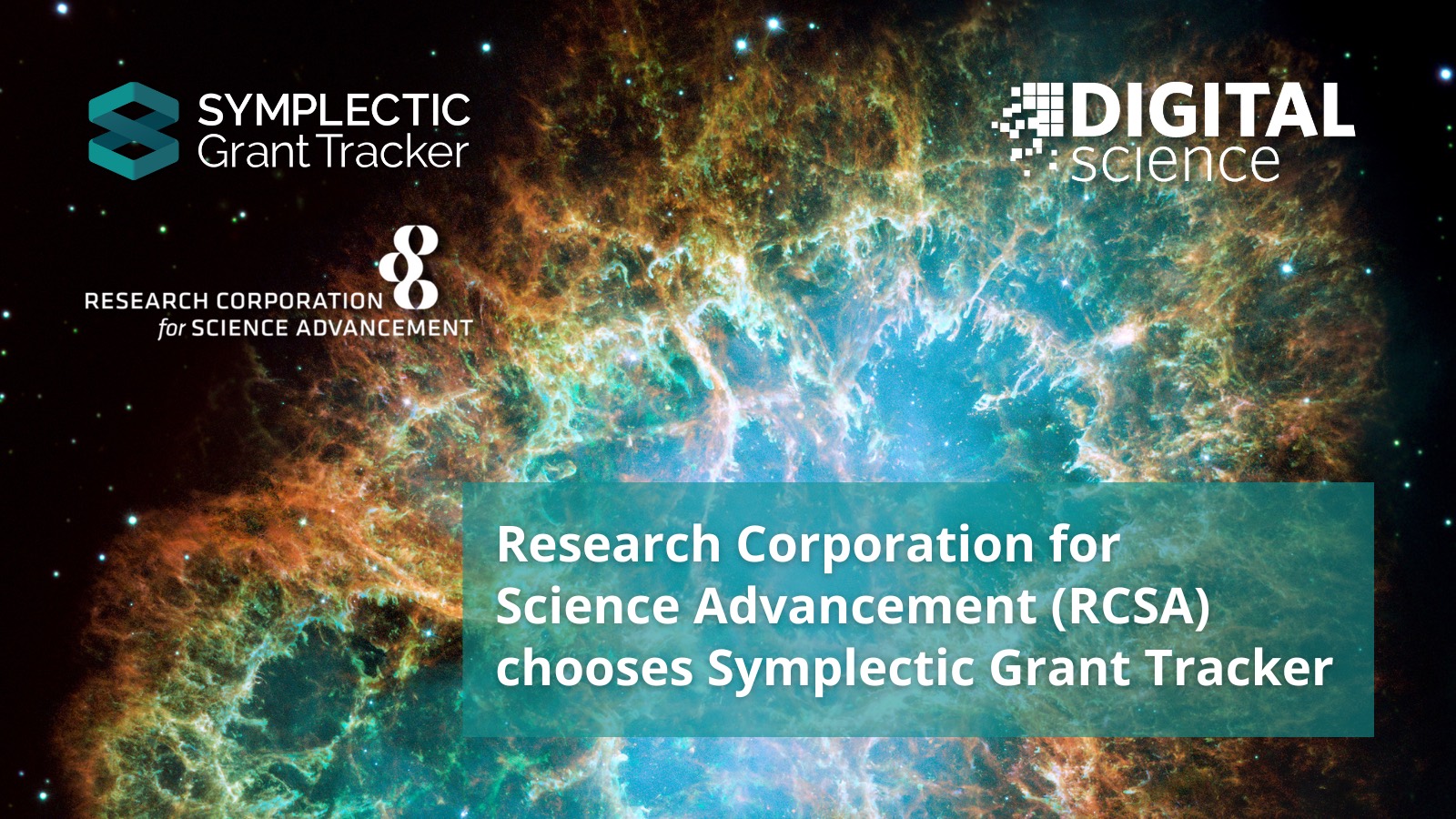
Research Corporation for Science Advancement (RCSA) chooses Symplectic Grant Tracker to manage funding for innovative scientific research
The Research Corporation for Science Advancement (RCSA) has chosen Symplectic Grant Tracker from Digital Science’s suite of flagship products to advance its aims of providing catalytic funding for innovative scientific research.
Scientists synthesize isotopic atropisomers based on carbon isotope discrimination
In chemistry, a molecule or ion is said to be chiral if it cannot be superposed on to its mirror image by any combination of rotations, translations, or conformational changes. A chiral molecule or ion exists in two forms, called enantiomers, that are mirror images of each other; they are often distinguished as either ‘right-handed’ or ‘left-handed’ by their absolute configuration. Enantiomers exhibit similar physical and chemical properties, except when interacting with polarized light and reacting with other chiral compounds, respectively.
KRISS Ushers in Era of Green Hydrogen
The Korea Research Institute of Standards and Science (KRISS) has demonstrated the key to the longevous and efficient photoanode with protective film, which is used to produce hydrogen via water splitting using solar energy. This is expected to bring forward the era of environment-friendly “green hydrogen.”
“A blessing in disguise!” Physics turning bad into good
Light is a very delicate and vulnerable property. Light can be absorbed or reflected at the surface of a material depending on the matter’s properties or change its form and be converted into thermal energy.
KRISS Propels Quantum and AI Research with New Skyrmion Transistors
The Korea Research Institute of Standards and Science(KRISS) paves the way for spintronics technology revolution by implementing the world’s first skyrmion transistors
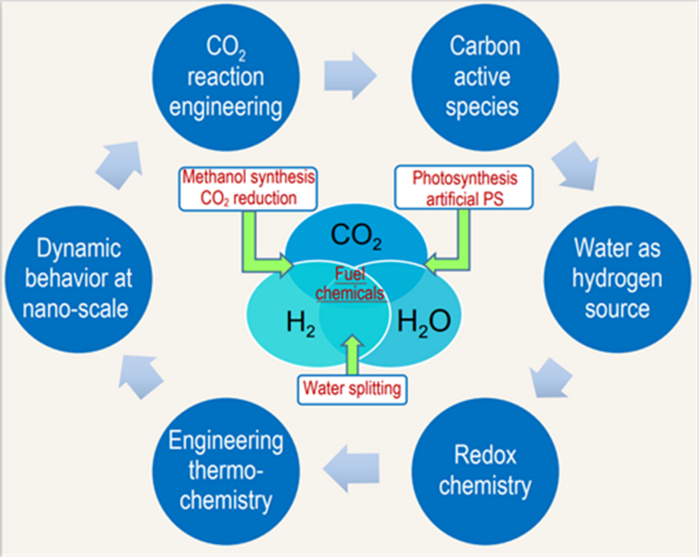
Introducing green carbon science
Carbon is an indispensable element for the formation of living organisms. At the same time, the carbon energy system, including biomass, enabled the ancestors of human beings to enter the age of carbon civilization, out of the period when they eat birds and animals raw.
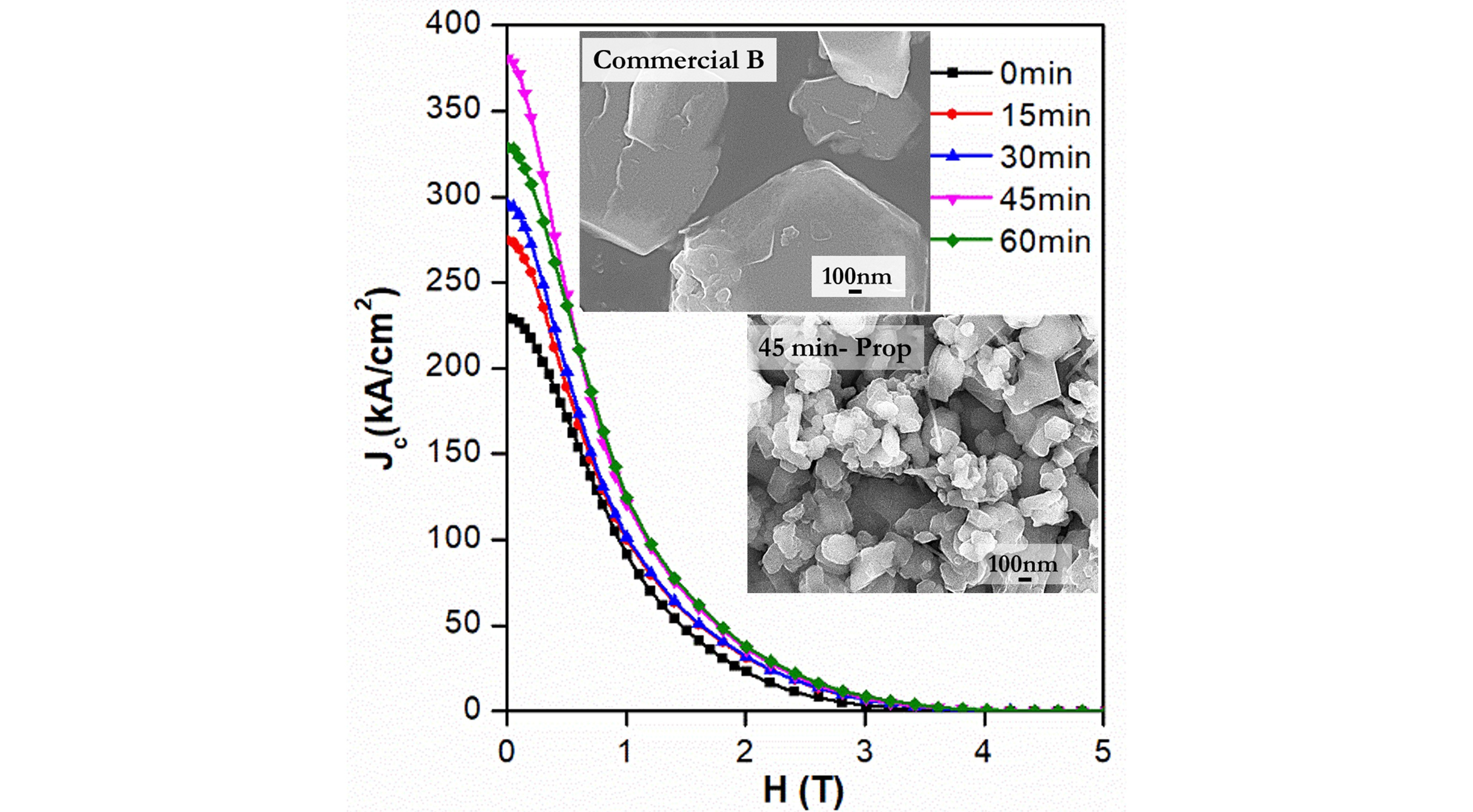
Towards a sustainable superconductor technology with magnesium diboride super magnets
Magnesium diboride (MgB2), a binary compound, behaves as a superconductor – a substance that offers no resistance to electric current flowing through it – at a moderate temperature of around 39 K (-234°C).
Recycling of garnet solid electrolytes with lithium-dendrite penetration by thermal healing
Employing Li metal as high-capacity anode, solid-state lithium-metal batteries (SSLMBs) are becoming one of the most promising candidates for next-generation energy storage devices, due to their high safety and potential high energy density. SSLMBs are expected to be the future for conventional lithium-ion batteries.
UC Irvine physicists discover first transformable nano-scale electronic devices
The nano-scale electronic parts in devices like smartphones are solid, static objects that once designed and built cannot transform into anything else. But University of California, Irvine physicists have reported the discovery of nano-scale devices that can transform into many different shapes and sizes even though they exist in solid states.
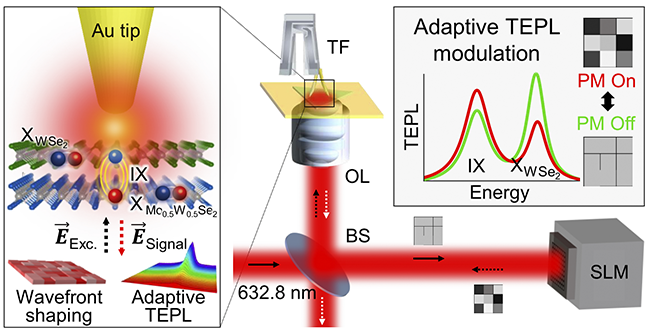
Data can now be processed at the speed of light!
How can Marvel movie character Ant-Man produce such strong energy out of his small body? The secret lies in the “transistors” on his suit that amplify weak signals for processing. Transistors that amplify electrical signals in the conventional way lose heat energy and limit the speed of signal transfer, which degrades performance.
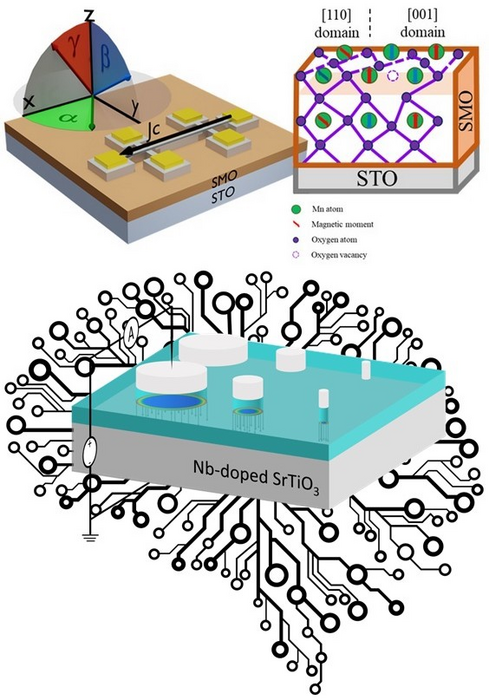
Complex oxides could power the computers of the future
As the evolution of standard microchips is coming to an end, scientists are looking for a revolution. The big challenges are to design chips that are more energy efficient and to design devices that combine memory and logic (memristors).
Solid‒gas carbonate formation during dust events on Mars
A joint research team led by Dr. Xiaohui Fu and Dr. Zhongchen Wu from Shandong University, China, proposed a new carbonate formation mechanism in Martian dust activities based on simulation experimental studies.
Changes of Tibetan religious activities during the past millennium revealed from lake sediments
Xiahe County, located in Gannan Tibetan Autonomous Prefecture in the northeastern part of the Tibetan Plateau, is known as ‘Wei Zang Ni Wa’, also known as “Little Tibet”.
This one-atom chemical reaction could transform drug discovery
Pharmaceutical synthesis is often quite complex; simplifications are needed to speed up the initial phase of drug development and lower the cost of generic production.
Department of Energy Announces $105 Million for Research to Support the Biopreparedness Research Virtual Environment (BRaVE) Initiative
Today, the U.S. Department of Energy (DOE) announced $105 million for research in biopreparedness. This funding, provided by the Office of Science, will support fundamental research to accelerate breakthroughs in support of the Biopreparedness Research Virtual Environment (BRaVE) initiative.
How UCI saved the ozone layer
On Jan. 9, a United Nations-backed panel of experts announced that Earth’s protective ozone layer is on track to recover within four decades, closing an ozone hole over the Antarctic that was first noticed in the 1980s. But it was research conducted at the University of California, Irvine in the 1970s that made this good new possible.
Superscattering of water waves – breaking the single channel scattering limit
Inspired by electromagnetic metamaterials, the research team designed and fabricated a water wave superscattering device based on degeneracy resonance by using the similarity of water wave equation and electromagnetic wave equation under shallow water conditions, which was realized it experimentally.
Nonlinear exceptional nexus with ultra-enhanced signal-to-noise ratio
This study comes from Prof. Duanduan Wan and Prof. Meng Xiao group at the School of Physics of Wuhan University. This work provides a simple while intuitive example by demonstrating with both theory and circuit experiments an “exceptional nexus” (“EX”), a higher-order exceptional point (HOEP).
DOE Announces $32 Million in Research Opportunities for Underrepresented Groups
The U.S. Department of Energy (DOE) today announced 41 awards totaling $32 million to 37 institutions to support historically underrepresented groups in science, technology, engineering, and mathematics (STEM) and diversify American leadership in the physical sciences, including energy and climate. The funding, through the DOE Office of Science’s Reaching a New Energy Sciences Workforce (RENEW) initiative, will support internships, training programs, and mentor opportunities at Historically Black Colleges and Universities (HBCUs), other Minority Serving Institutions (MSIs), and other research institutions. Ensuring America’s best and brightest students have pathways to STEM fields will be key to achieving President Biden’s energy and climate goals, including achieving a net-zero carbon economy by 2050.
New AI technology to Measure the Noisiness of Upstairs Neighbors
KICT has announced a new approach for predicting the footstep sounds of upstairs residents using a convolutional neural network(CNN) model based on vibration signals.

A Janus carbon electrocatalyst can balance the intrinsic activity and electronic conductivity
Carbon-based electrocatalysts are considered as promising alternatives to the state-of-the-art precious metal catalysts.
Latest city-level emission accounting in China: cities are on the track toward net-zero emissions and 38 have achieved emission peak
This study is led by Assoc. Prof. Yuli Shan (University of Birmingham / University of Groningen), Yuru Guan (PhD researcher, University of Groningen), Prof. Dabo Guan (Tsinghua University), Prof Klaus Hubacek (University of Groningen) and 5 other researchers.
Observation of Fractional Exclusion Statistics in Quantum Critical Matter
A quantum system consisting of a large number of microscopic particles obeys statistical laws at the macroscopic level.
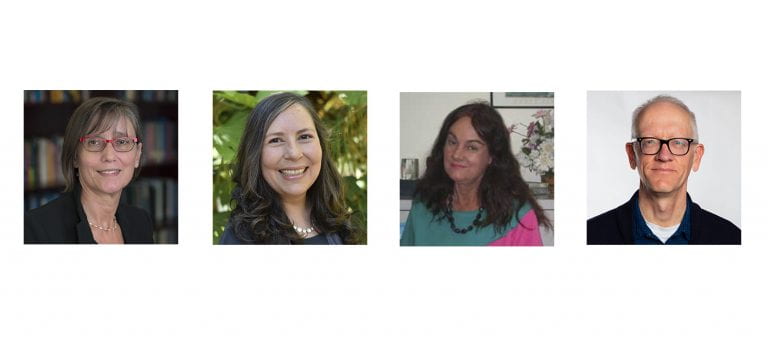
Four professors elected to membership in the American Academy of Arts & Sciences
Irvine, Calif., April 28, 2022 — A quartet of professors at the University of California, Irvine, has been elected as members by the American Academy of Arts & Sciences. The 242nd class of AAAS inductees includes 261 extraordinary people from around the world, recognized for their accomplishments and leadership in academia, the arts, industry, public policy and research.
Metamaterial significantly enhances the chiral nanoparticle signals
The left hand looks like the right hand in the mirror but the left-handed glove does not fit on the right hand.
Volcanoes at fault if the Earth slips
The 2016 Kumamoto earthquakes shocked inhabitants of the western island of Kyushu, causing hundreds of casualties and serious damage to vital infrastructure.
Porous artificial rock helps channel an answer to a 54-year-old mystery
Princeton researchers have solved a 54-year-old puzzle about why certain fluids strangely slow down under pressure when flowing through porous materials, such as soils and sedimentary rocks.
2021 Blavatnik Regional Awards for Young Scientists Honorees Announced During National Postdoc Appreciation Week
Honoring outstanding postdoctoral scientists from across New York, New Jersey, and Connecticut, the 2021 Blavatnik Regional Awards for Young Scientists announces the Winners and Finalists during National Postdoc Appreciation Week.
Pivotal discovery of nanomaterial for LEDs
Perovskite nanocrystals have been prime candidates as a new material for LEDs but have proved unstable on testing. Scientists have discovered a method for stabilizing them, which have applications for consumer electronics, detectors and medical imaging.
AIP, Member Societies Seek Presidential, Congressional Action on Key Scientific Issues
AIP and six scientific societies are calling on the new White House and 117th Congress to support research and education in the physical sciences to address critical issues facing our society. In the week of hearings on President Joe Biden’s nominee to lead the White House OSTP, a letter sent to the president and congressional leaders highlights calls for action on these foundational issues and outlines several cornerstone policy issues that need attention, funding, and support.

New method converts methane in natural gas to methanol at room temperature
Researchers at the University of Illinois Chicago have discovered a way to convert the methane in natural gas into liquid methanol at room temperature.

Howard University Professor to Receive First Joseph A. Johnson Award
The American Institute of Physics and the National Society of Black Physicists congratulate physicist Thomas A. Searles as the winner of the inaugural Joseph A. Johnson III Award for Excellence. Named to honor the legacy of the renowned experimental physicist and founder of NSBP, the Joseph A. Johnson III Award will be given annually to recognize an early career NSBP physicist who exemplifies Johnson’s ingenuity as a scientist and passion for mentorship and service.
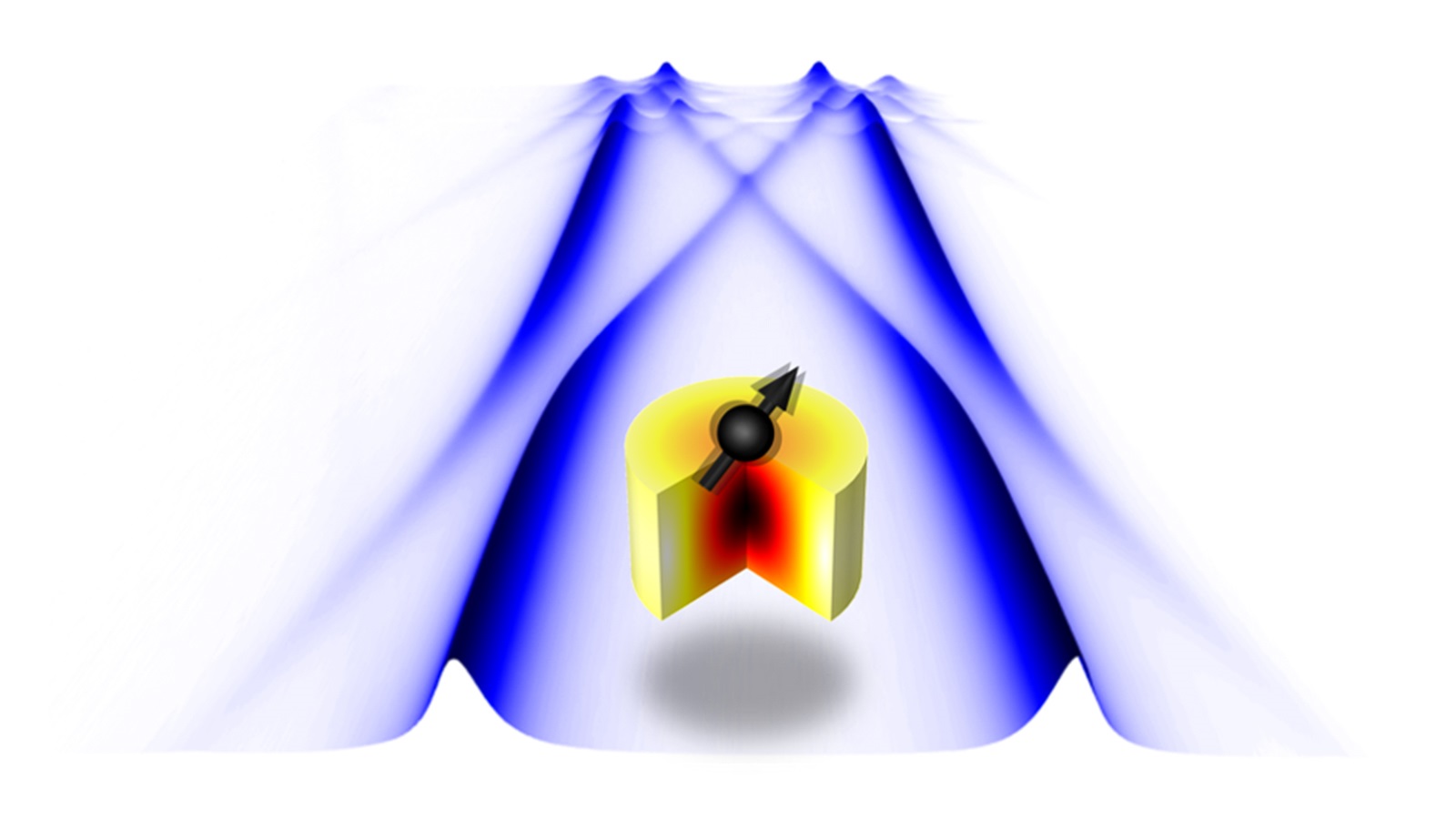
Pivotal discovery in quantum and classical information processing
Researchers have achieved, for the first time, electronically adjustable interactions between microwaves and a phenomenon in certain magnetic materials called spin waves. This could have application in quantum and classical information processing.
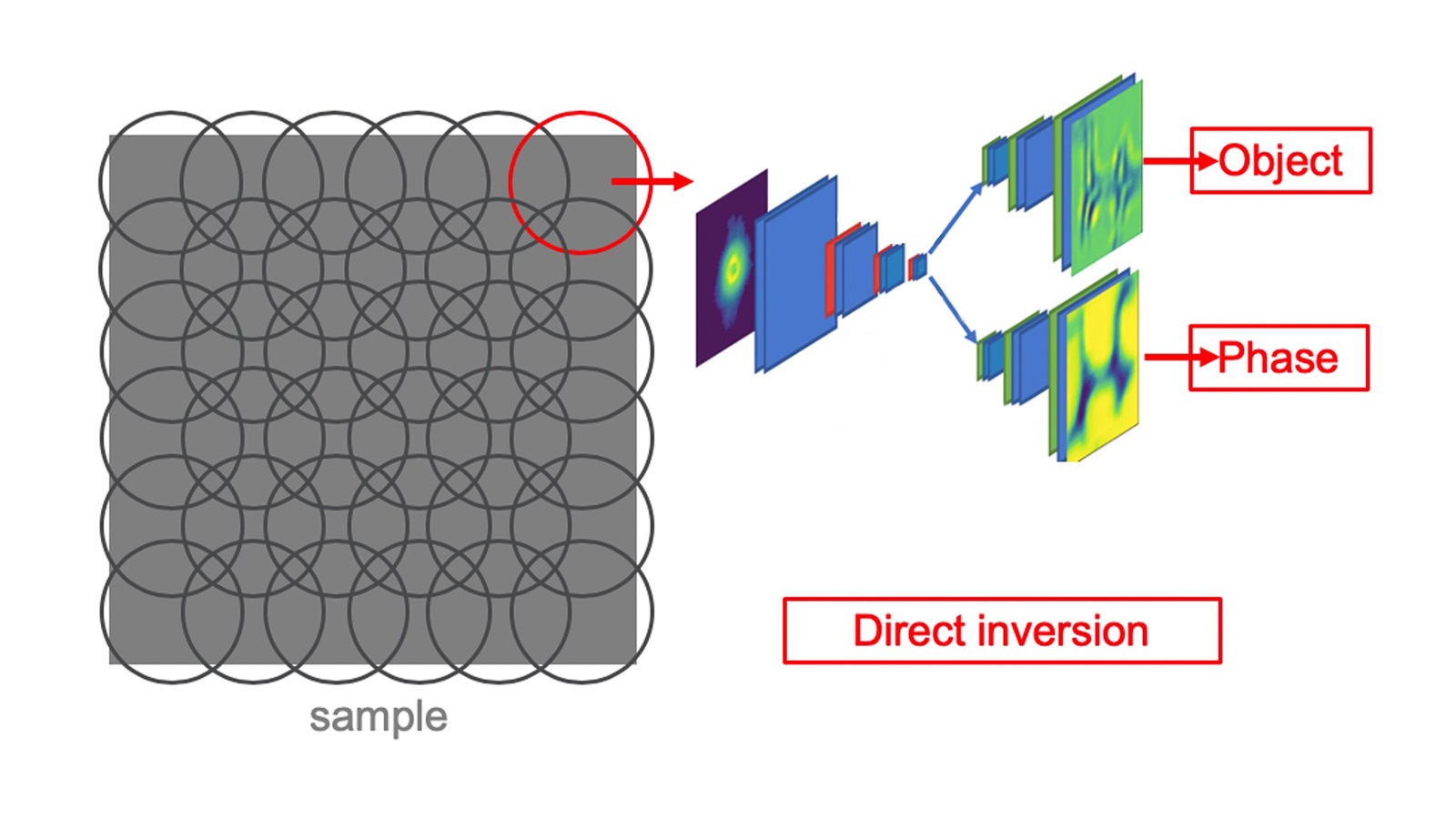
Using neural networks for faster X-ray imaging
A team of scientists from Argonne is using artificial intelligence to decode X-ray images faster, which could aid innovations in medicine, materials and energy.

Five Prominent Figures in Science and Engineering Join AIP Foundation Board of Trustees
A Nobel laureate, a “father of the internet,” the first African American administrator of NASA, a former chief technology officer of one of the U.S. Department of Energy’s national research laboratories, and a chemist who is the executive director of The Camille and Henry Dreyfus Foundation — these five renowned scientists are coming together to join the board of trustees for the AIP Foundation with France Córdova at its helm as founding chair.

France Córdova Named Founding Chair of AIP Foundation, Will Help American Institute of Physics Reach Ambitious Goals, New Levels of Impact
France Córdova, former director of the National Science Foundation, NASA chief scientist, and president of Purdue University, has been appointed as the first chair of the newly formed AIP Foundation. The Foundation was established to support the charitable, scientific, and educational mission of the American Institute of Physics by amplifying philanthropic support of the Institute, bolstering and innovating funding models for AIP programs and activities and supporting the Institute’s overarching strategy of advancing the physical sciences with a unifying voice of strength from diversity.
2020 Blavatnik Regional Awards for Young Scientists Honorees Announced during National Postdoc Appreciation Week
The winning postdoctoral researchers include a neuroscientist improving memory formation and recall, an astrophysicist illuminating dark matter, and a biochemist refining gene-editing technologies
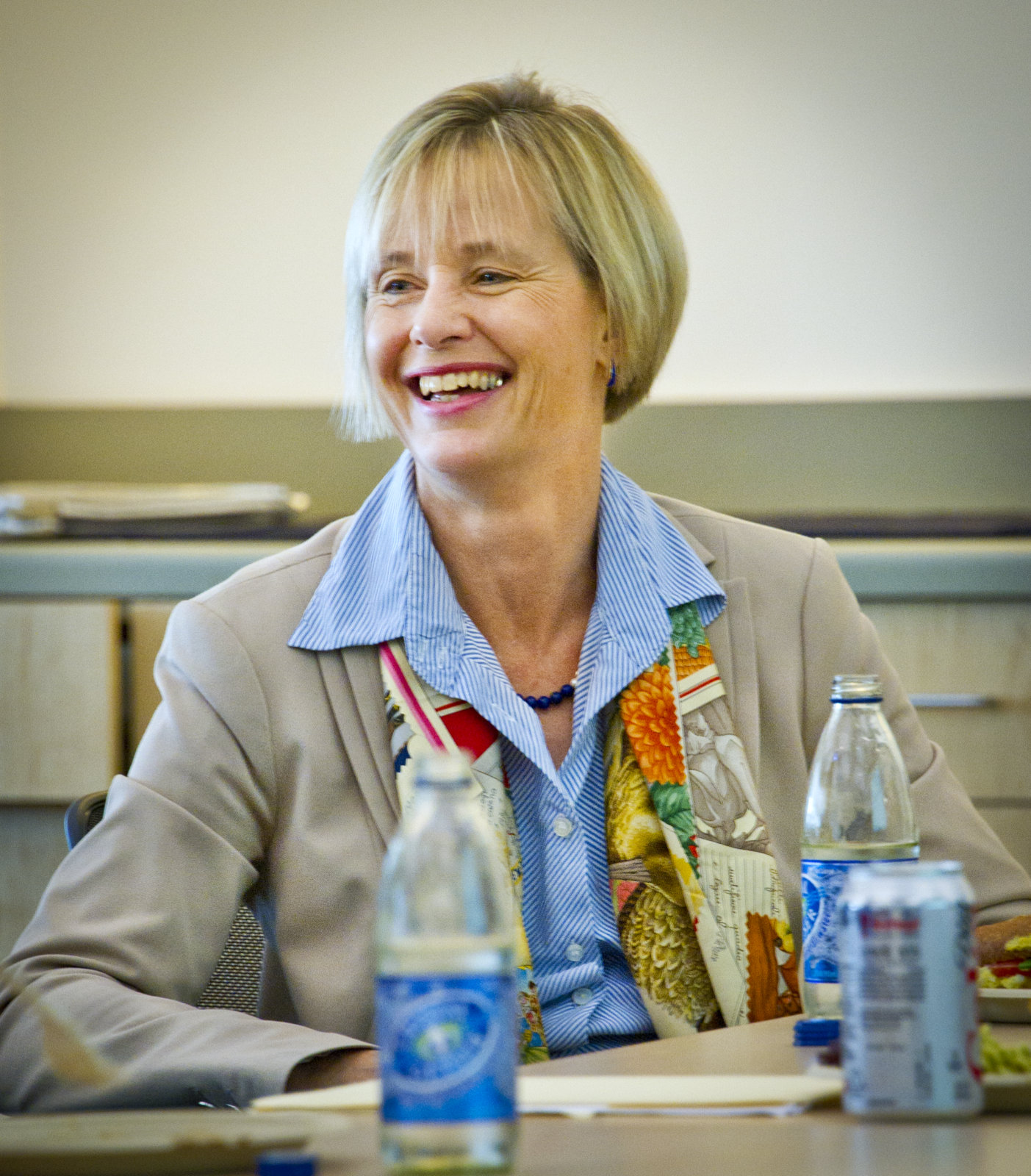
Natalie Roe Named Berkeley Lab’s Associate Director for Physical Sciences
Natalie Roe, who joined Lawrence Berkeley National Laboratory (Berkeley Lab) as a postdoctoral fellow in 1989 and has served as Physics Division director since 2012, has been named the Lab’s Associate Laboratory Director (ALD) for the Physical Sciences Area. Her appointment was approved by the University of California. The announcement follows an international search.
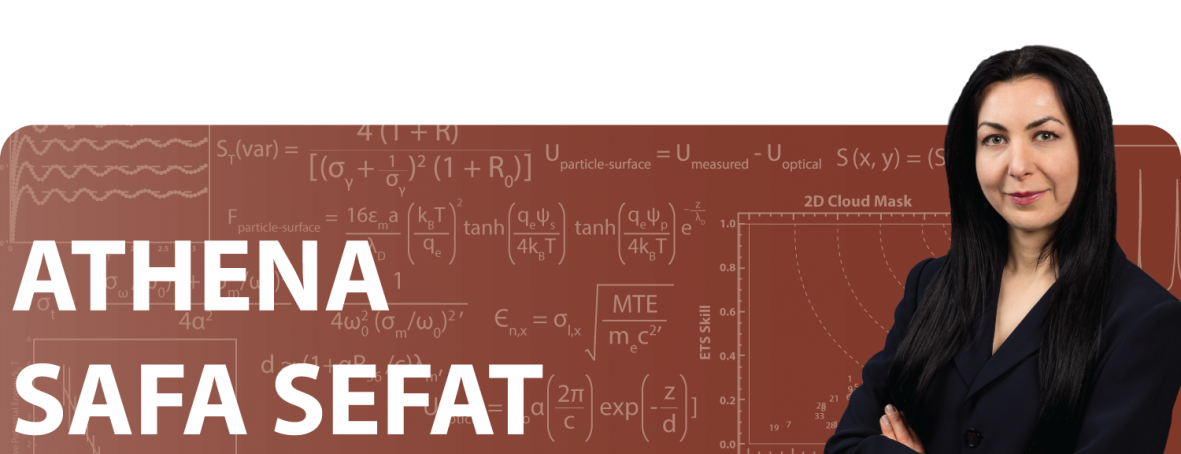
Athena Safa Sefat: Then and Now
Athena Safa Sefat is a Senior Research Scientist and a former Wigner Fellow in the Materials Science & Technology Division of the Physical Sciences Directorate at Oak Ridge National Laboratory.
AIP to Fund Programs Combating Racial Injustice, Inequities in Physics, Physical Sciences
The American Institute of Physics has established a $200,000 fund to support efforts by its 10 member societies and an AIP affiliated society, the National Society of Black Physicists, for actions that are a direct response to racial injustice. The AIP 2020-2021 Diversity Action Fund will have a special focus on society actions for Black students in the physical sciences, as well as programs focused on minority communities.

Pandemic Puts Physical Sciences at ‘Tipping Point’ Between Perilous, Vibrant Futures
Commissioned by the AIP board of directors, “Peril and Promise: Impacts of the COVID-19 Pandemic on the Physical Sciences,” outlines several areas where the scientific community has been tested by the pandemic and examines what the future could look like for the workforce, infrastructure and conduct of research. Calling it “a tipping point,” the panel challenges leaders in government, academia, the private sector and other areas who depend on the physical sciences to craft specific recommendations to address the pandemic’s impacts.